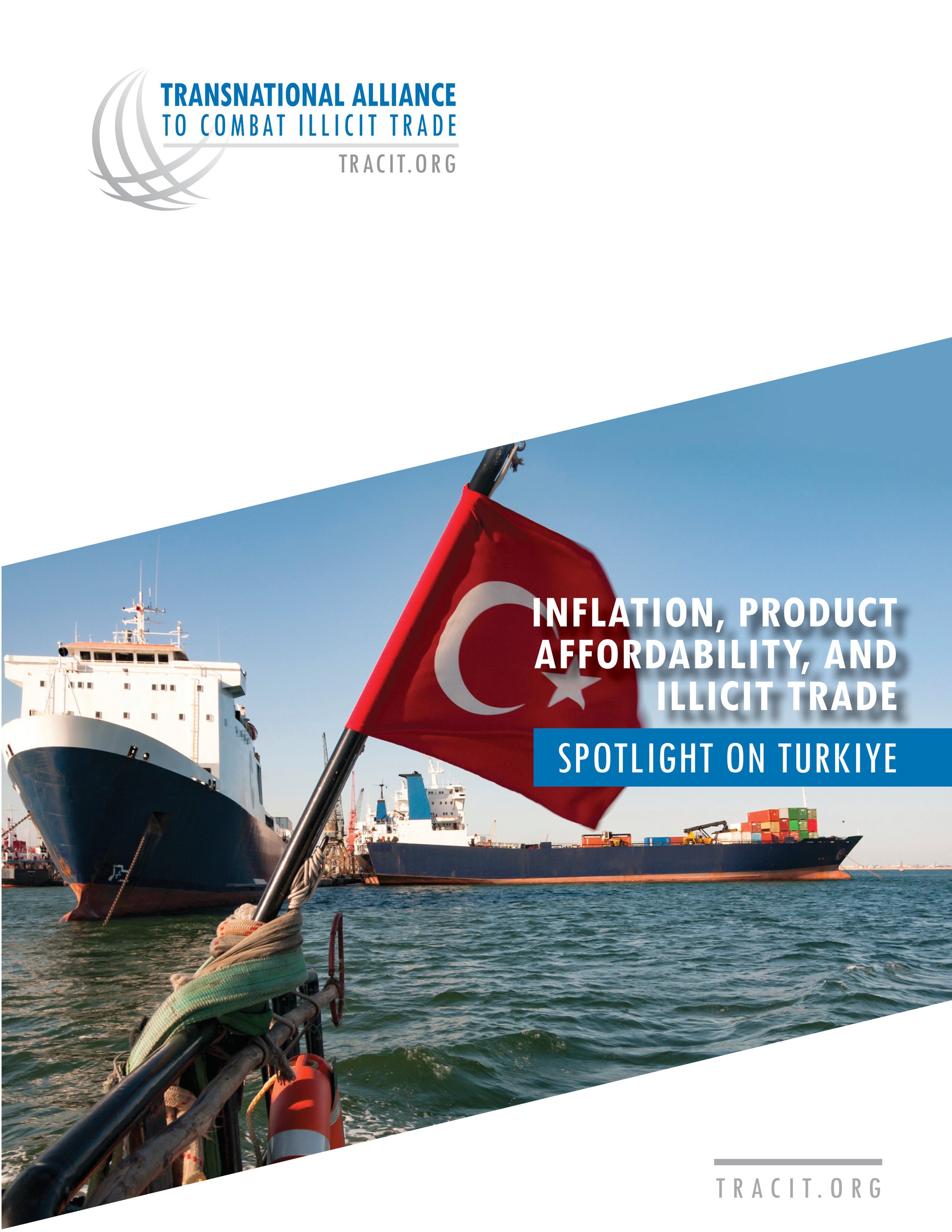By Global Financial Integrity, Fedesarrollo, Transparency International Kenya and ACODE
This policy memo is a joint publication by GFI, Fedesarrollo, Transparency International Kenya and ACODE, organizations that are based in the United States, Colombia, Kenya and Uganda, respectively. The memo draws on the technical and regional expertise of each of the organizations, seeking to analyze the complex challenges of Trade Based Money Laundering (TBML) from a truly global policy perspective. Broadly speaking, illicit financial flows (IFFs) are illegal movements of money or capital from one country to another. GFI classifies this movement as an illicit flow when funds are illegally earned, transferred, and/or utilized across an international border. The global scale of IFFs is considerable. According to the United Nations Conference on Trade and Development (UNCTAD), Africa loses US$88.6 billion annually to IFFs. In the case of Latin America and the Caribbean, the United Nations Economic Commission for Latin America and the Caribbean (UN ECLAC) estimates that from 2004- 2013, illicit financial outflows represented 1.8% of regional gross domestic product (GDP) and 3.1% of regional trade, with losses totalling US$765 billion for the 10-year period. Moreover, IFFs undermine institutions, contribute to insecurity, harm communities and the environment, and deprive countries of much-needed tax revenues. One of the most prevalent channels for IFFs is through the international trade system. As of 2021, GFI estimates that the annual value of trade-related IFFs in and out of developing countries amounted to, on average, about 20 percent of the value of their total trade with advanced economies. One area of particular concern is TBML, which the Financial Action Task Force (FATF) defines as the process of disguising the proceeds of crime and moving value through the use of trade transactions in an attempt to legitimize their illegal origin or finance illicit activities.5 As FATF notes, “the aim of TBML—unlike trade-related predicate offenses—is not the movement of goods, but rather the movement of money, which the trade transactions facilitate.”6; 7 TBML involves acts designed to conceal or disguise the true origin of criminally derived proceeds so that the unlawful proceeds appear to have been derived from legitimate origins or constitute legitimate assets. It is a highly effective way of integrating large volumes of criminal proceeds with legitimate income, and is attractive to organized crime groups because it is very hard to detect, track and investigate due to its transnational nature and the complexity of the international trade system. Recent cases have highlighted the sophisticated methods used to exploit the complex supply chains of international trade to launder criminal assets. When TBML goes unchecked, it has adverse effects on economies and societies as it perpetuates criminal activities such as illicit wildlife trade, bribery, corruption, and tax evasion. It subjects legitimate business to unfair competition in areas of goods and services due to unbalanced economies as a result of artificial manipulations. Additionally, TBML results in revenue losses, especially for developing countries struggling to meet their domestic resource mobilization targets
Global Financial Integrity, 2023. 23p.





















